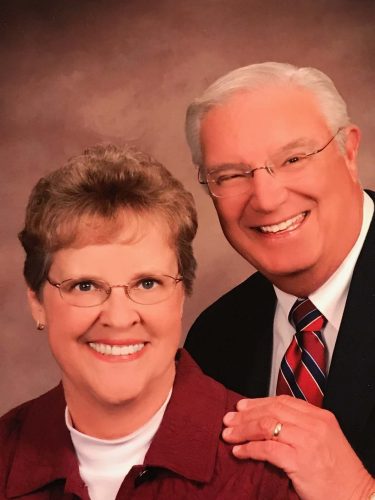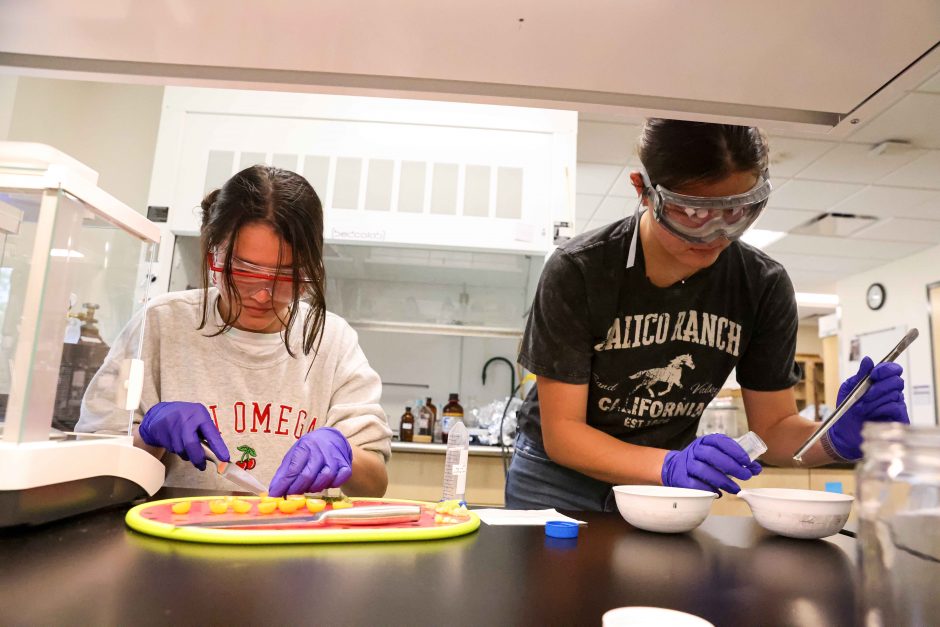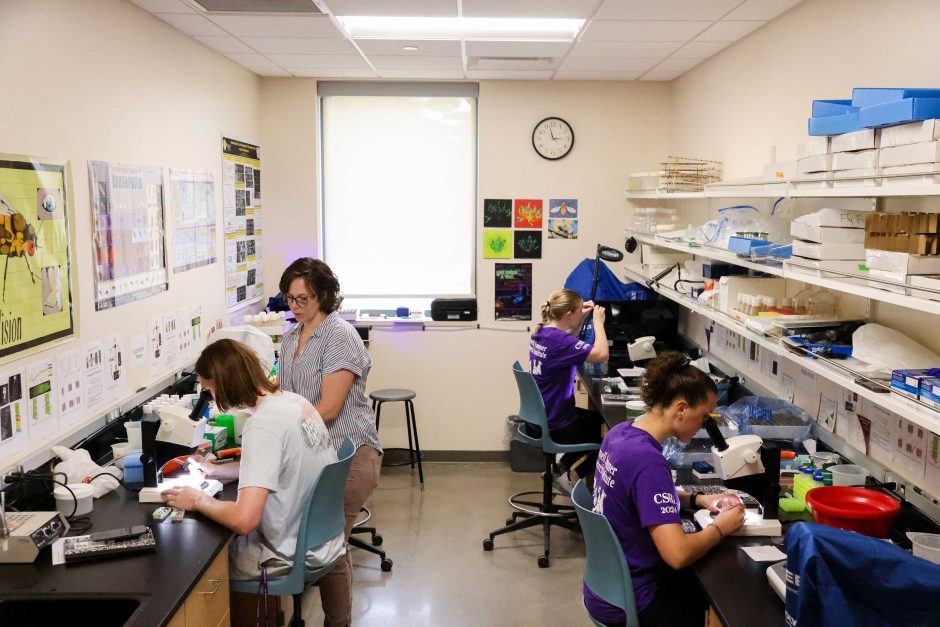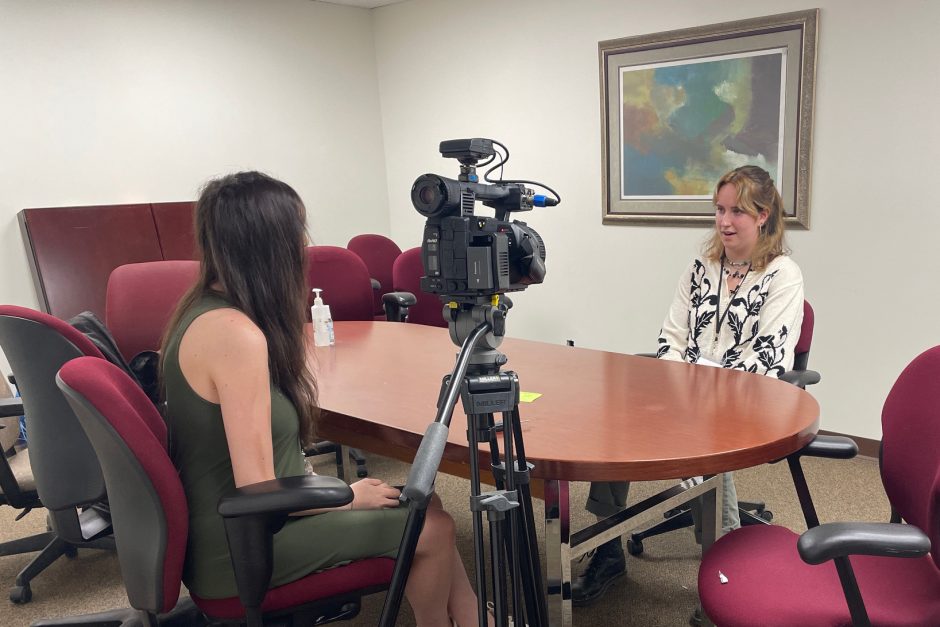Bryants provide major science project funding
Peter Bryant has done a great deal for Cornell College, from recruiting record-breaking classes as vice president for enrollment, to long-term service on the college’s Board of Trustees. Now he and his wife, JoAnn Bryant, have given $250,000 to support what they believe is the college’s most important initiative—the science facilities project.

“I know the importance of this project for the college to continue to attract and retain the best and the brightest students nationally in the sciences,” he said. “Cornell’s strong reputation, and exceptional graduates in the sciences, has been due in large measure to the quality of the faculty. This long standing tradition is deserving of exceptional state-of-the-art facilities and we are pleased that our gift helps make this possible.”
Cornell’s $35 million science project is part of the Greater > Than campaign, which will more than double the college’s STEM space with the construction, well underway, of the four-story Russell Science Center, followed by renovations of West Hall and portions of Law Hall. In two years the college has exceeded $33 million in gifts toward the project.
Bryant built Cornell’s national student body as vice president for enrollment and dean of admission from 1982-1992. In the 25 years since then he has consulted for more than 750 educational institutions as senior vice president at Ruffalo Noel Levitz. He joined the Cornell Board of Trustees in 1993. Additionally he and JoAnn are Cornell parents. One of the students Bryant recruited was his own daughter, Julie Bryant ’88.
“Among Cornell Trustees, Peter is a positive, inspirational leader with a wealth of higher education experience. Peter and JoAnn’s generous gift for the sciences adds to his already legendary history at Cornell as vice president for enrollment and as Trustee,” said Cornell President Jonathan Brand.
The Bryants, who live in Cedar Rapids, Iowa, have also supported the renovation of the Garner President’s House, the Ash Park Field Project, and Cornell’s Annual Fund. They are members of Cornell’s Presidents and Heritage societies



